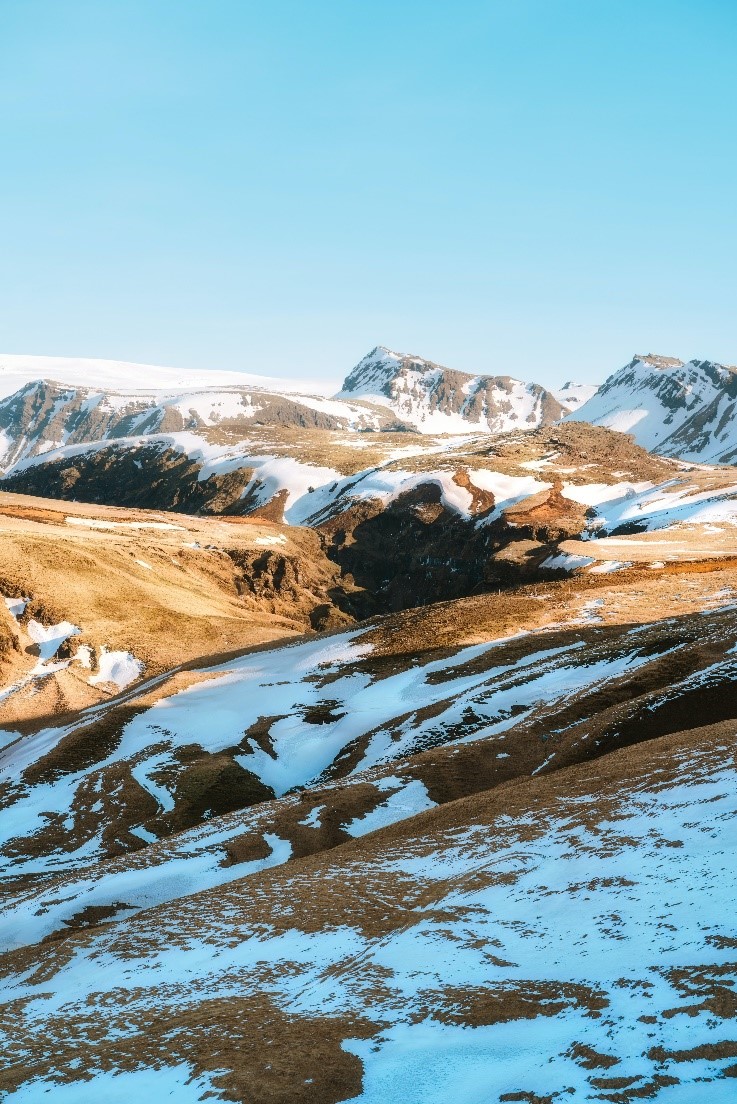Icelandic Culture and The Fascination With Elves

Have you ever heard of a very old, historically, and environmentally important lava field on the edge of Gálgahraun in Iceland? This lava field is about ten minutes outside of Reykjavik, which is the capital city of Iceland.
As development improves across the world, Iceland is no different, and there are plans to build new roadwork in the Gálgahraun area. The road development would divide the essential lava field landscape into four sections and allow for a clear and direct route between the Alftanes peninsula and the small municipality of Garðabær.
While this roadwork development might seem like a great move economically and provide safe and easy access to the peninsula for the 2,600 people living in Garðabær, several people are against the development. A group of people known as the Hraunavinir, or the “Friends of the Lava,” are adamant that the potential benefits from this new roadwork could not possibly be greater than the cultural and environmental costs of it. The lava field is home and habitat to a great variety of plants and animals, and birds flock to this field during different periods of the year.
While that argument is sound and understandable by most people across the world, the Hraunavinir have an additional argument against building the roadwork that may sound a bit unconventional. According to Jónsdóttir, a seer from the region, the lava field is home to supernatural forces and mythical creatures that would be displaced and disturbed by any new development.
These supernatural forces are elves, dwarves, or hidden people. In the local region, they are referred to as huldufolk. The seer Jónsdóttir went on to explain that the region is very significant to the huldufolk. In fact, one of the distinguishable rocks in the lava field is an important church for the elves and must not be disturbed.
Ultimately, if the roadwork is very important and truly does improve the lives of the people in the region, it is believed that the elves will allow it. However, if it seems superfluous, then there is the possibility that a lot of bad things might happen.
You may be thinking that only a certain group of people, the Hraunavinir and the seer Jónsdóttir believe in elves and the hidden people, but this is not the case. In a survey conducted in 1998, it was found that over 54% of Icelanders believed in the existence of invisible elves.
These invisible elves are a huge part of Icelandic history and culture. The word alfar, which translates to ‘elf,’ has appeared in Icelandic poems and texts from the Vikings era and as early as the year 1000 AD. Since then, elves have been very prominent in folklore and other cultural stories and beliefs.
While not everyone in the country believes in the invisible elves, a great enough population of people certainly do, and the belief is so strong that it may very well be reason enough to stop the development of new roadwork in the Gálgahraun lava fields.

